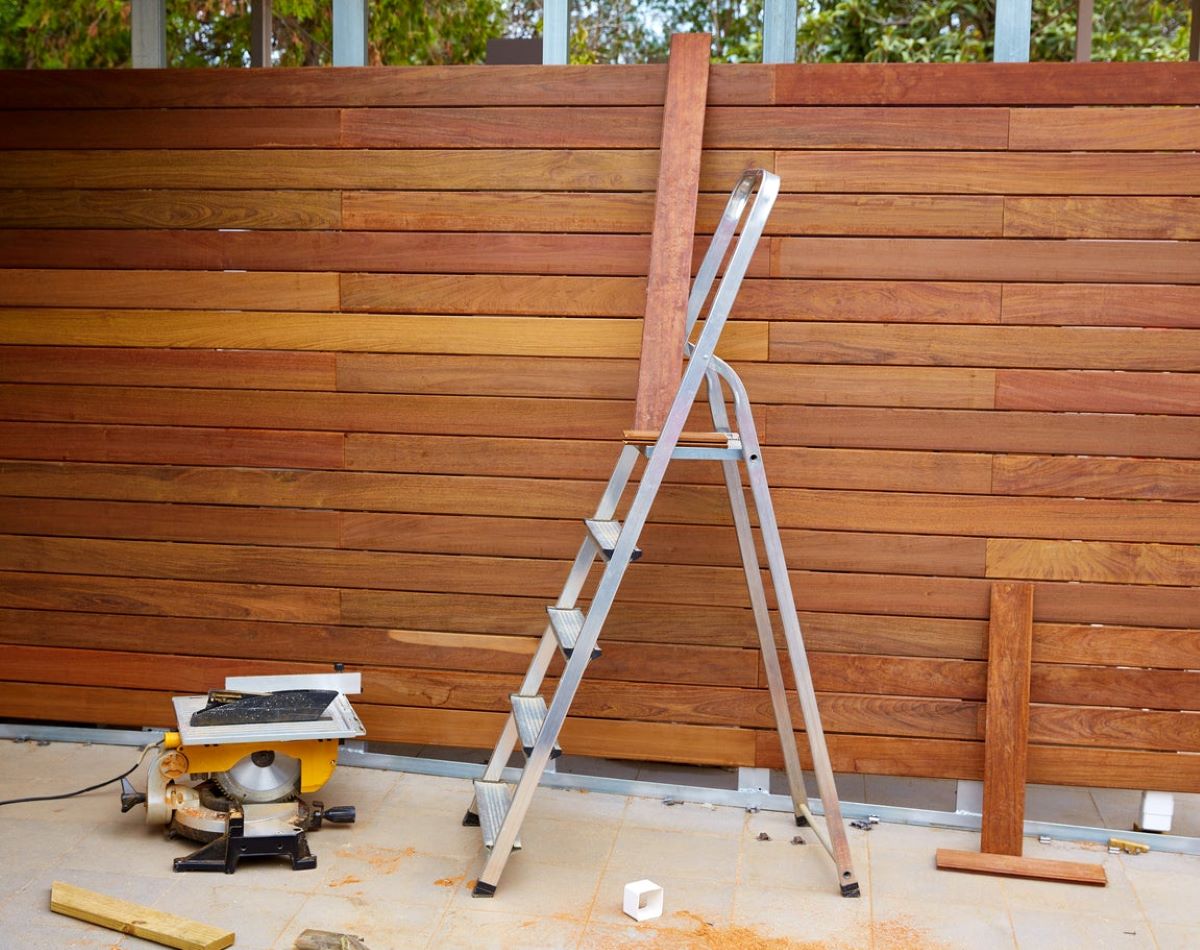

Articles
How Much Would A Wooden Fence Cost
Modified: January 8, 2024
Wondering about the cost of a wooden fence? Explore our articles to find out how much you can expect to spend on this popular home improvement project.
(Many of the links in this article redirect to a specific reviewed product. Your purchase of these products through affiliate links helps to generate commission for Storables.com, at no extra cost. Learn more)
Introduction
Having a wooden fence can significantly enhance the aesthetic appeal of your property while providing privacy and security. However, before embarking on such a project, it’s important to understand the factors that affect the cost of a wooden fence. By doing so, you can make informed decisions and ensure that your budget aligns with your expectations.
There are several important considerations when it comes to estimating the cost of a wooden fence. Factors such as the type of wood, the height and length of the fence, the complexity of the design, and the region in which you live can all impact the overall cost. By examining these various elements, you can obtain a clearer understanding of what to expect when planning and budgeting for a wooden fence installation.
In this article, we will explore the different factors that influence the cost of a wooden fence, discuss the various types of wooden fences, delve into the average cost of materials, and highlight additional considerations to keep in mind. Furthermore, we will also touch upon the importance of hiring a reputable contractor and the long-term maintenance required to ensure the longevity of your wooden fence.
By the end of this article, you will have a comprehensive understanding of the key considerations involved in estimating the cost of a wooden fence. Armed with this knowledge, you can confidently embark on your fence installation project and enjoy the benefits that a sturdy and beautiful wooden fence can bring to your property.
Key Takeaways:
- Estimating the cost of a wooden fence involves considering factors such as wood type, design complexity, and location. Accurate measurements and material calculations are crucial for a successful installation.
- Hiring a reliable contractor, accounting for additional costs, and investing in regular maintenance are essential for a well-planned and executed wooden fence project. Understanding the cost factors and selecting the right type of wooden fence are key to enjoying the benefits of a sturdy and attractive fence for years to come.
Factors Affecting the Cost of a Wooden Fence
When it comes to estimating the cost of a wooden fence, there are several factors that can significantly influence the final price. Understanding these factors will not only help you budget more accurately but also allow you to make informed decisions that align with your needs and preferences.
1. Material: The type of wood you choose for your fence will greatly impact the cost. Different woods have varying price points and qualities. Cedar and redwood are popular choices due to their durability and natural resistance to decay and insect infestation. On the other hand, treated pine is a more budget-friendly option.
2. Height and Length: The height and length of the fence will directly affect the cost. Taller fences require more materials and labor to install, which can increase the overall expense. Similarly, longer fences will require more materials and may take longer to install, leading to higher costs.
3. Design and Complexity: The design and complexity of the fence can also impact the cost. If you opt for a simple, straight design, the installation process may be relatively straightforward and cost-effective. However, if you desire intricate patterns, decorative elements, or custom features, the costs will increase due to the additional labor and materials required.
4. Location: The region in which you live can influence the cost of a wooden fence. Labor and material costs can vary based on local market conditions, availability of wood, and the level of competition among contractors. It is essential to research prevailing rates in your area to ensure an accurate cost estimate.
5. Permits and Regulations: Before installing a wooden fence, it is important to check if permits or approvals are required from your local municipality or homeowners’ association. Acquiring the necessary permits may incur additional costs, and failing to comply with regulations can result in penalties or having to redo the installation.
It is crucial to consider these factors when calculating your budget for a wooden fence project. While it may be tempting to cut costs by opting for cheaper materials or skipping certain design elements, it is important to strike a balance between cost and quality to ensure a durable and visually appealing fence. Consulting with a professional contractor can provide insights and recommendations based on your specific requirements, helping you make well-informed decisions that fit within your budget.
Perimeter Measurement and Material Calculation
Accurate measurements and material calculations are crucial when planning a wooden fence installation. By properly estimating the perimeter and calculating the required materials, you can avoid unnecessary expenses and ensure a smooth and efficient project.
1. Measure the Perimeter: Begin by measuring the perimeter of the area where you intend to install the wooden fence. Use a measuring tape and mark the corners of the fence line. Take note of any irregularities or obstructions that may affect the fence design or require additional materials.
2. Consider Fence Height: Decide on the desired height of your fence and adjust the measurements accordingly. Taller fences will require more materials and may involve additional labor to ensure stability.
3. Posts and Panels: Wooden fences typically consist of posts and panels. Measure the distance between each post to determine the number of panels needed. Keep in mind that the length of each panel may vary, so it’s essential to check the specifications of the panels you plan to use.
4. Gate Considerations: If your fence design includes gates, account for their width when measuring the perimeter and calculating materials. Gate hardware and hinges should also be considered in material calculations.
5. Additions and Accents: If you plan on adding decorative elements, such as lattice panels or post caps, calculate the required quantities accordingly. These additional features can enhance the aesthetic appeal of your fence but may add extra expenses.
6. Waste and Spacing: It’s important to factor in waste and spacing when calculating materials. Allow for some extra material for cuts, mistakes, and future repairs. Additionally, proper spacing between panels and posts is essential for stability, so take those measurements into account to ensure a structurally sound fence.
7. Sourcing Materials: Once you have determined the required measurements and calculated the materials, it’s time to source them. Consider visiting local home improvement stores, contacting fence suppliers, or working with a contractor who can help procure the necessary materials.
By taking accurate measurements and carefully calculating the required materials, you can minimize wastage, streamline the installation process, and avoid unexpected costs. Remember to always account for your specific design preferences and any local building codes or regulations that may apply to your wooden fence installation.
Types of Wooden Fences
Wooden fences come in various styles, each with its own unique characteristics and aesthetic appeal. Understanding the different types of wooden fences can help you choose the design that best suits your needs and complements your property’s overall look.
1. Privacy Fence: As the name suggests, privacy fences provide seclusion and block the view from the outside. They typically feature closely spaced vertical boards that completely obscure the view. Privacy fences are ideal for homeowners who value privacy and security.
2. Picket Fence: Picket fences are a classic and timeless option. They consist of evenly spaced vertical boards, usually with pointed or rounded tops. Picket fences are more decorative than privacy fences and are commonly used to define boundaries while maintaining a more open and welcoming appearance.
3. Split Rail Fence: Split rail fences are characterized by their rustic and country-style charm. They are made up of horizontal wooden rails that fit into vertical posts. Split rail fences are often chosen for their natural and understated aesthetic, making them suitable for rural and rustic settings.
4. Board-on-Board Fence: Board-on-board fences consist of overlapping boards on both sides of the fence, providing additional privacy and enhanced strength. This type of fence offers a visually pleasing and symmetrical look, suitable for both residential and commercial properties.
5. Lattice Fence: Lattice fences combine wooden panels with lattice work, creating an elegant and decorative design. The lattice section allows for some visibility while adding a touch of architectural appeal. Lattice fences are often used to enclose gardens or add visual interest to outdoor spaces.
6. Shadowbox Fence: The shadowbox fence design features alternating vertical panels on each side of the fence, providing an aesthetically pleasing look from both inside and outside the property. This design creates airflow and reduces wind load, making it an excellent choice for areas prone to strong winds.
7. Stockade Fence: Stockade fences consist of tightly spaced wooden boards with no gaps between them, offering maximum privacy and security. They are a popular choice for homeowners seeking to create a secure boundary around their property.
When choosing a wooden fence type, consider factors such as your desired level of privacy, the overall aesthetic of your property, local building codes, and maintenance requirements. Consulting with a professional contractor can also provide valuable insights and guidance in selecting the most suitable wooden fence design for your specific needs.
Average Cost of Materials
The cost of materials is a significant factor when estimating the total expense of a wooden fence installation. Understanding the average cost of materials can help you budget accordingly and make informed decisions during the planning process.
The cost of materials for a wooden fence can vary depending on factors such as the type of wood, quality, availability, and region. However, to provide a rough estimate, we will discuss the average cost range for materials based on a standard-sized fence.
1. Type of Wood: The choice of wood will greatly influence the overall cost. Premium woods like cedar and redwood are more expensive, ranging from $8 to $12 per linear foot. Treated pine, a more affordable option, averages around $5 to $7 per linear foot.
2. Posts: Wooden fence posts can cost between $10 to $30 each, depending on the size, quality, and type of wood. The number of posts required will depend on the length and design of the fence.
3. Panels: The cost of wooden fence panels varies based on factors such as size, style, and quality. On average, panels can range from $20 to $60 per panel.
4. Hardware: The cost of hardware, including screws, nails, brackets, and gate hardware, should also be taken into consideration. These items can add an additional $50 to $100 to the overall material cost.
5. Treatments and Finishes: If you choose to treat or stain your wooden fence for added protection and longevity, you will need to factor in the cost of treatments and finishes. The price can range from $30 to $100, depending on the size of the fence and the chosen product.
Keep in mind that the mentioned prices are averages and can vary based on your location, the size of your project, and the specific materials you choose. It’s always best to obtain accurate quotes from local suppliers or consult with a contractor for a more precise estimate.
Aside from the basic materials, it’s also important to consider any additional features you may want to incorporate into your wooden fence, such as gates, decorative elements, or custom designs. These can add to the cost of materials.
Remember that the cost of materials is only one aspect of the overall expense of a wooden fence installation. Labor costs, permits, and additional expenses should also be factored into your budget planning. Consulting with professionals and obtaining multiple quotes will help you create a realistic budget for your wooden fence project.
When estimating the cost of a wooden fence, consider factors such as the type of wood, fence height, linear footage, and any additional features like gates or decorative elements. Get multiple quotes from reputable contractors to ensure you get the best value for your budget.
Read more: How Much To Install A Wooden Fence
Hiring a Contractor
While some homeowners may choose to install a wooden fence themselves, hiring a professional contractor can save time, ensure proper installation, and provide peace of mind. When selecting a contractor for your wooden fence project, it’s important to consider a few key factors to ensure a successful and satisfactory outcome.
1. Research and References: Begin by conducting thorough research to find reputable and experienced fence contractors in your area. Seek recommendations from friends, neighbors, or online reviews. Look for contractors who specialize in wooden fence installations and have a track record of delivering quality work.
2. License and Insurance: Verify that the contractor is properly licensed and insured. A valid license ensures that they have met the necessary requirements to operate as a professional contractor. Insurance coverage protects you and the contractor in case of accidents or damages during the project.
3. Portfolio and Expertise: Review the contractor’s portfolio or previous work to assess their level of expertise and the quality of their craftsmanship. This will give you an idea of their style, attention to detail, and ability to meet your specific design requirements.
4. Cost Estimates: Obtain multiple cost estimates from different contractors to compare prices and evaluate the fairness of the quotes. Be cautious of significantly lower or higher bids and ensure that the estimates provided are detailed and transparent.
5. Contract and Timeline: Once you have selected a contractor, make sure to have a written contract that clearly outlines the project scope, materials, payment terms, and timeline. This will help avoid misunderstandings and ensure that both parties are on the same page throughout the project.
6. Communication and Collaboration: Effective communication with your chosen contractor is crucial. Clearly communicate your expectations, desired design elements, and any specific requirements. A professional contractor will listen to your needs, offer suggestions, and keep you informed throughout the installation process.
7. Warranties and Guarantees: Inquire about any warranties or guarantees offered by the contractor. A reputable contractor should stand behind their workmanship and provide warranties on materials and installation. This provides added peace of mind and ensures that any issues that arise after the installation will be addressed promptly and efficiently.
By hiring a professional contractor, you can benefit from their knowledge, experience, and expertise. They will handle the intricate aspects of the installation, ensure proper permits and regulations are followed, and provide guidance on selecting the best materials and design for your specific needs.
Remember to conduct thorough research, obtain multiple quotes, and communicate effectively with your chosen contractor to ensure a successful and hassle-free wooden fence installation.
Additional Costs to Consider
When planning for a wooden fence installation, it’s important to consider not only the cost of materials and labor but also any additional expenses that may arise. Being aware of these costs upfront will help you budget accurately and avoid unexpected surprises along the way.
1. Permits and Approvals: Depending on your location and local regulations, you may need to obtain permits or approvals before installing a wooden fence. The cost of permits can vary, so be sure to research and include these expenses in your budget.
2. Site Preparation: If the installation site requires any clearing, excavation, or leveling, additional costs may be incurred for site preparation. Clearing vegetation, removing debris, or addressing uneven terrain are common tasks that may need to be done before installing the fence.
3. Gate Installation: If your wooden fence design includes gates, there will be additional costs associated with gate installation. This includes the cost of gate materials, hardware, hinges, and locks. Gate installation requires careful alignment and proper reinforcement, which may involve additional labor charges.
4. Painting or Staining: While not necessary for all wooden fences, painting or staining can enhance the fence’s appearance and longevity. If you choose to paint or stain your fence, consider the cost of materials, such as paint or stain, brushes, rollers, and other necessary tools.
5. Land Surveying: In some cases, it may be necessary to conduct a land survey to establish accurate property boundaries before installing a fence. This is particularly important if you’re sharing a boundary with a neighbor or if there are any existing disputes. The cost of a land survey can vary depending on the size and complexity of the property.
6. Maintenance and Repairs: While wooden fences can last for many years, they do require regular maintenance and occasional repairs. Consider the ongoing costs associated with staining, sealing, and repairing any damage caused by weather, pests, or general wear and tear.
7. Additional Security Features: If you require additional security measures for your wooden fence, such as security cameras, motion-sensor lights, or electric gate mechanisms, factor in the cost of these additional features when budgeting for your project.
By accounting for these additional costs, you can create a more realistic budget for your wooden fence installation. Remember to research local regulations, consult with professionals, and factor in ongoing maintenance expenses to ensure that you’re adequately prepared financially for your fence project.
Maintenance and Longevity
Maintaining a wooden fence is essential to ensure its longevity and keep it looking its best. Proper maintenance practices can help protect the wood from weathering, rot, and insect damage, ultimately extending the lifespan of your fence. Understanding how to care for your wooden fence will not only enhance its appearance but also save you money on potential repairs or replacements.
1. Cleaning: Regularly cleaning your wooden fence is important to remove dirt, debris, and mildew. Use a gentle detergent and a soft-bristle brush to scrub the surface. Rinse thoroughly with water to remove any residue. Avoid using harsh chemicals or pressure washers, as these can damage the wood.
2. Staining and Sealing: Applying a stain or sealant to your wooden fence can help protect it from moisture, UV rays, and insects. Stain or seal your fence every 2-3 years, or as recommended by the manufacturer. This will help prevent rotting, warping, and discoloration of the wood.
3. Inspecting for Damage: Regularly inspect your fence for any signs of damage, such as loose boards, rotting wood, or signs of pest infestation. Promptly address any issues by replacing damaged boards or treating affected areas. Early intervention can prevent further damage and prolong the life of your fence.
4. Trimming Vegetation: Ensure that any plants or vines growing near the fence are properly trimmed and kept away from the wood. Overgrown vegetation can cause moisture buildup, leading to rot and increased risk of pest infestation.
5. Protecting Against Moisture: Avoid allowing water to accumulate around the base of your fence. Ensure proper drainage away from the fence to prevent moisture buildup. Additionally, avoid sprinklers or other irrigation systems directly spraying water onto the fence.
6. Repairing and Replacing: Promptly address any necessary repairs or replacements. Secure loose boards, replace damaged or rotted wood, and reinforce weak areas. Regular maintenance and timely repairs will help prevent further damage and ensure the fence’s structural integrity.
7. Professional Inspections: Consider hiring a professional fencing company to conduct periodic inspections of your wooden fence. They can assess its condition, identify any issues, and provide recommendations for maintenance or repairs.
Proper maintenance practices will significantly contribute to the longevity of your wooden fence. With regular cleaning, staining or sealing, and ongoing repairs, you can enjoy a beautiful and durable fence for years to come. Additionally, following these maintenance guidelines will enhance the curb appeal of your property and provide you with a sense of pride in your well-maintained wooden fence.
Conclusion
A wooden fence can be a valuable addition to your property, offering privacy, security, and enhancing its overall aesthetic appeal. Estimating the cost of a wooden fence involves considering various factors, such as the type of wood, height and length of the fence, design complexity, and location. By understanding these factors, you can create a realistic budget and make informed decisions throughout the planning and installation process.
Perimeter measurement and accurate material calculation are crucial for a successful fence installation. Taking precise measurements, considering fence height, and accounting for gates and additional decorative elements are key to ensuring you have the right amount of materials for your project.
There are various types of wooden fences to choose from, each with its own unique characteristics. Privacy fences offer seclusion, picket fences have a classic charm, and split rail fences provide a rustic look. Consider your preferences, level of privacy desired, and the overall look of your property to select the most suitable type of wooden fence.
The average cost of materials for a wooden fence depends on factors such as the type of wood, the number of posts and panels, hardware, and finishes. Obtaining multiple quotes and considering maintenance and repair costs will help you create a comprehensive budget for your wooden fence project.
Hiring a reliable and experienced contractor is crucial for a smooth and successful installation. Researching contractors, checking for licenses and insurance, reviewing portfolios, and establishing clear communication and expectations are vital steps in hiring a contractor you can trust.
There are additional costs to consider, such as permits and approvals, site preparation, gate installation, painting or staining, land surveying, and ongoing maintenance. Accounting for these expenses upfront will help you avoid any surprises and ensure a well-planned and executed project.
Maintaining your wooden fence is essential for its longevity. Regular cleaning, staining or sealing, inspecting for damage, and prompt repairs will help protect the wood from weathering and pests, ultimately extending the lifespan of your fence.
In conclusion, a well-designed and properly installed wooden fence can add beauty, privacy, and functionality to your property. By understanding the cost factors, selecting the right type of wooden fence, hiring a reputable contractor, accounting for additional costs, and investing in regular maintenance, you can enjoy the benefits of a sturdy and attractive wooden fence for years to come.
Frequently Asked Questions about How Much Would A Wooden Fence Cost
Was this page helpful?
At Storables.com, we guarantee accurate and reliable information. Our content, validated by Expert Board Contributors, is crafted following stringent Editorial Policies. We're committed to providing you with well-researched, expert-backed insights for all your informational needs.


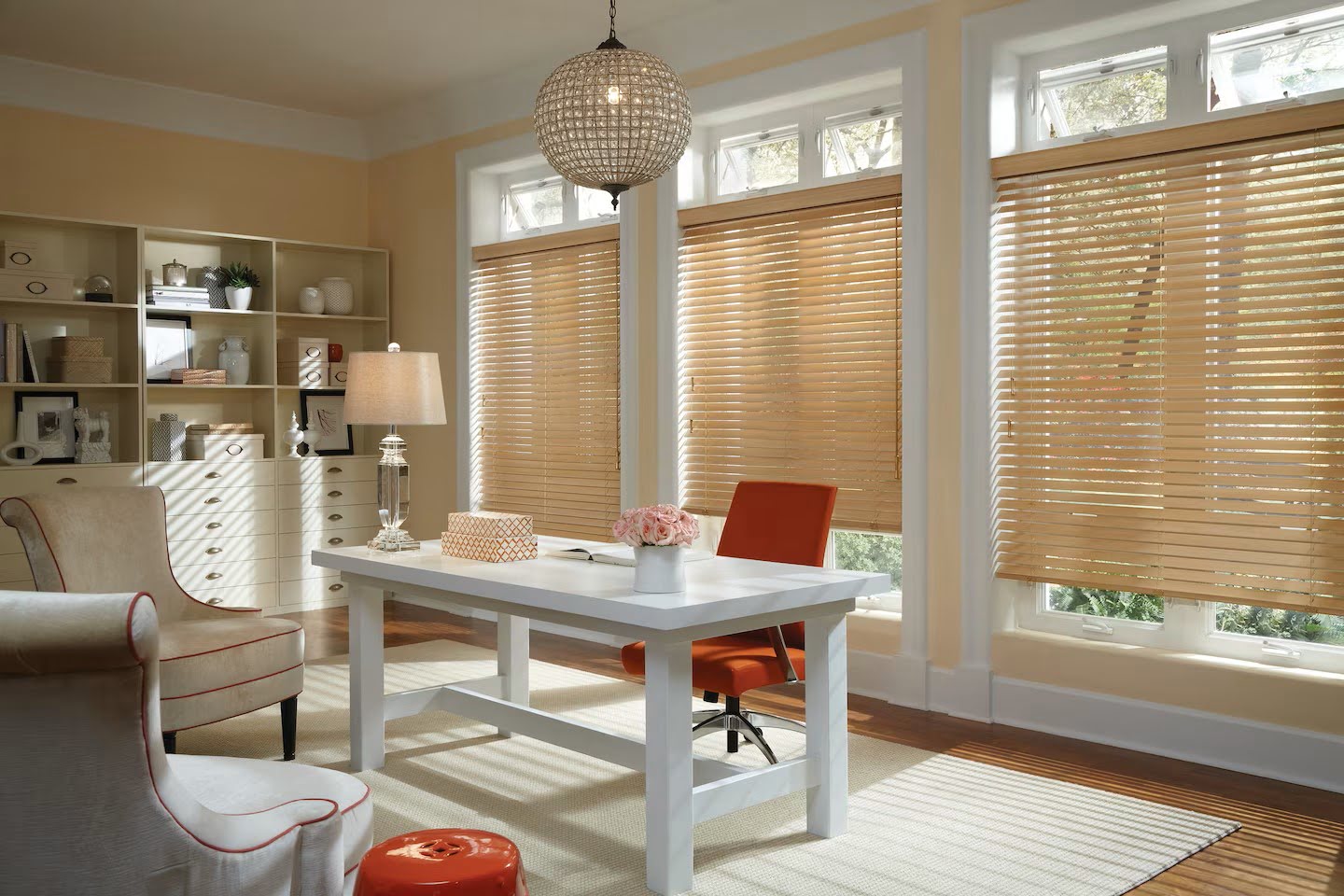
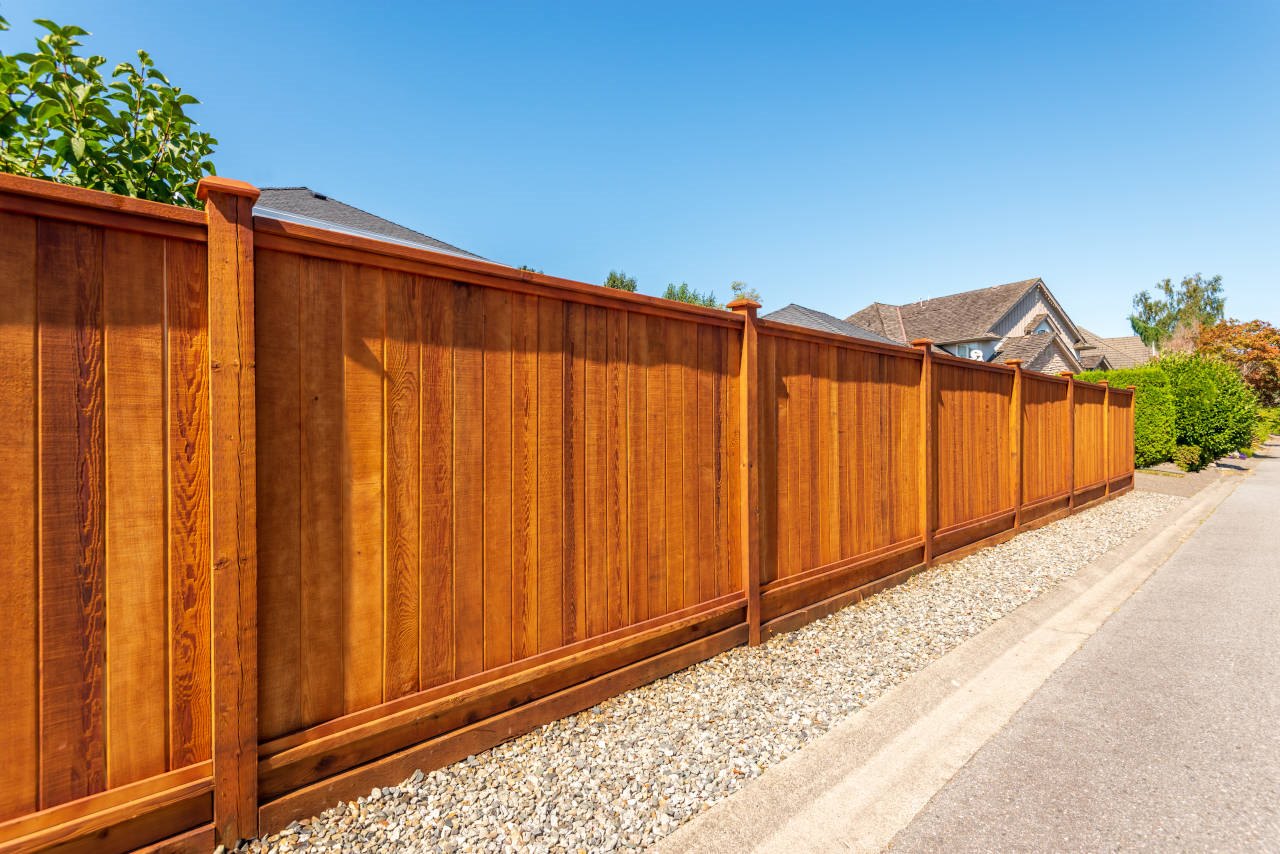
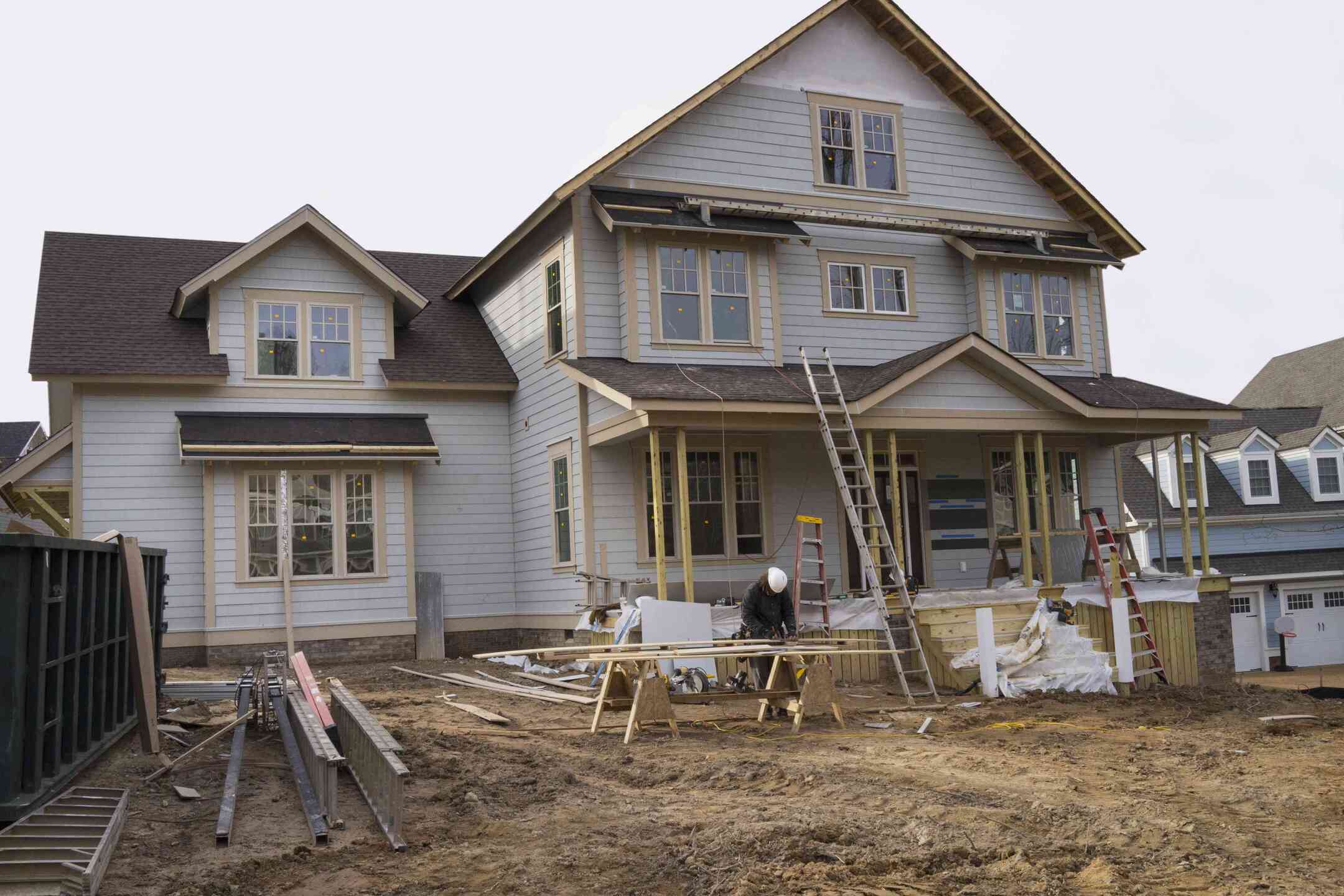
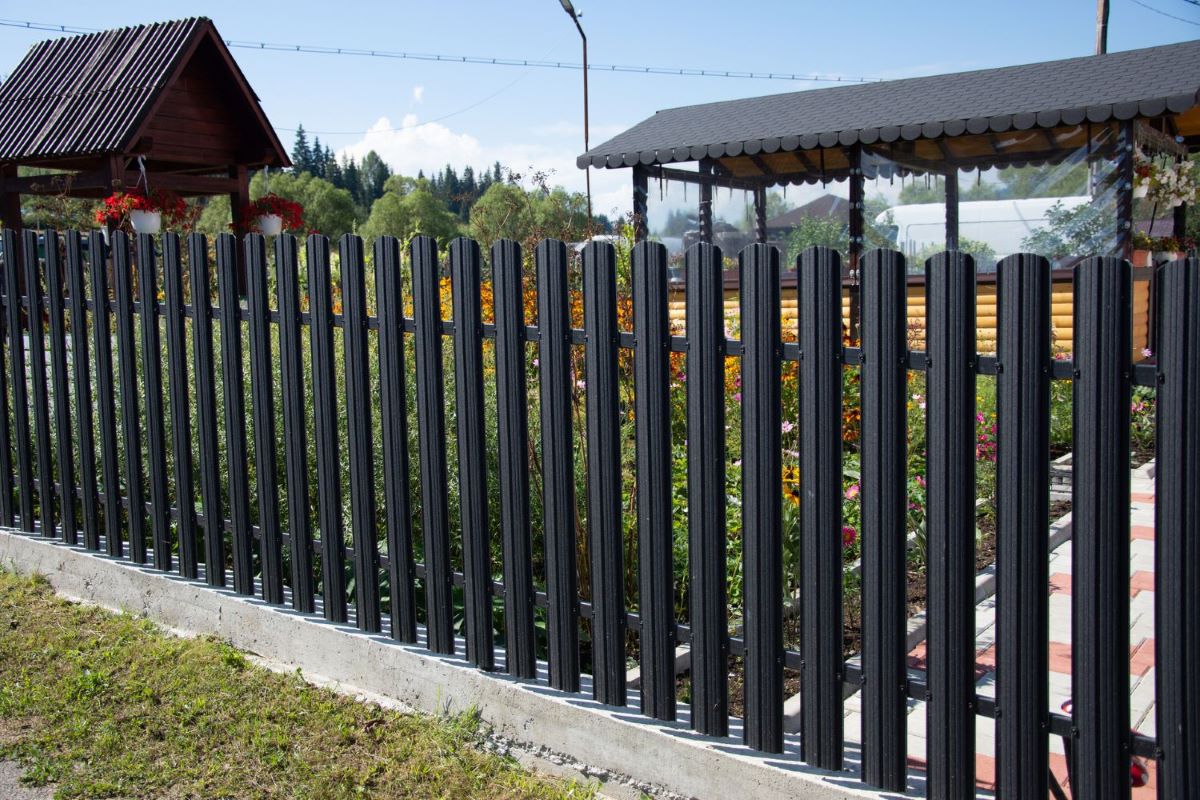
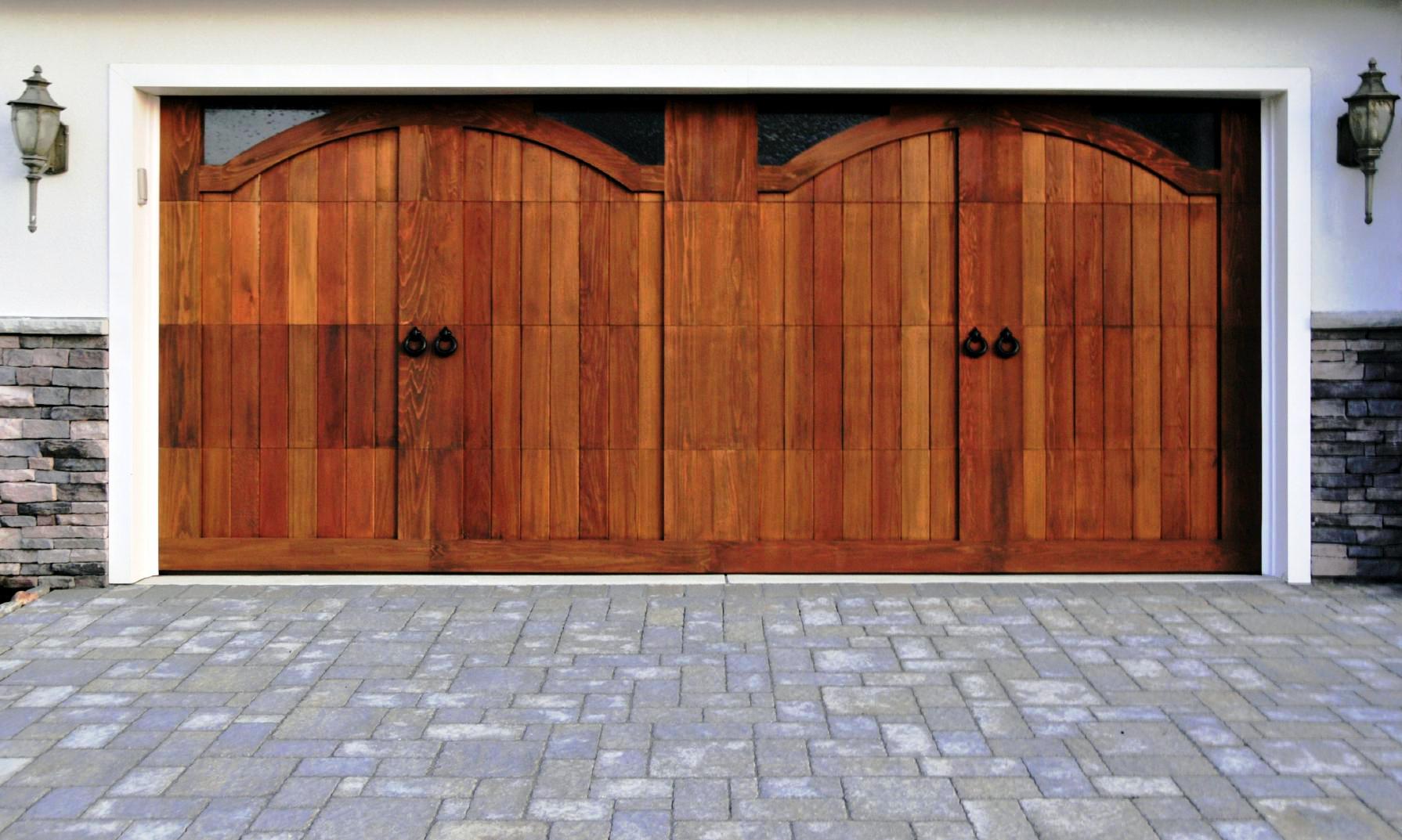

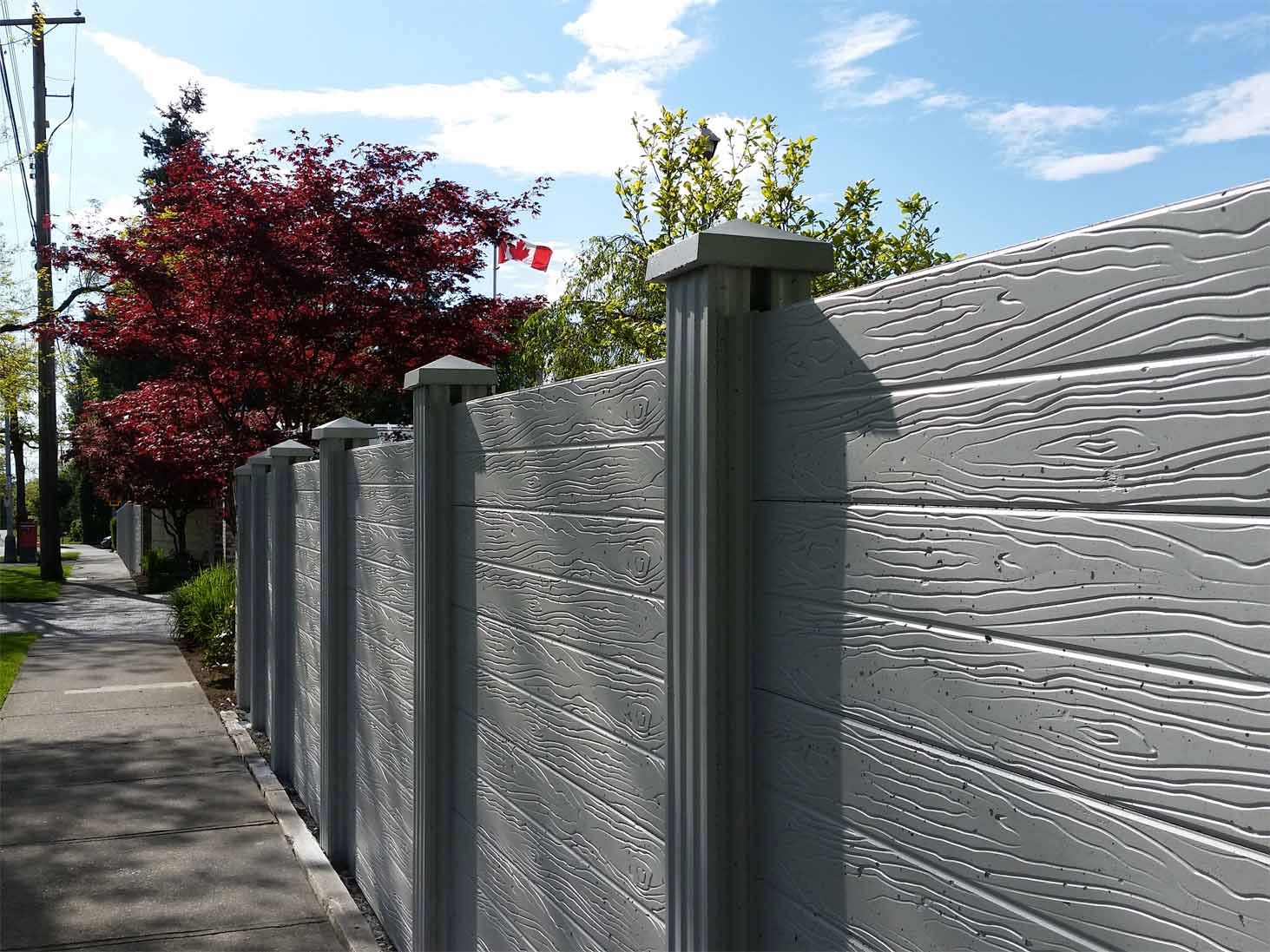
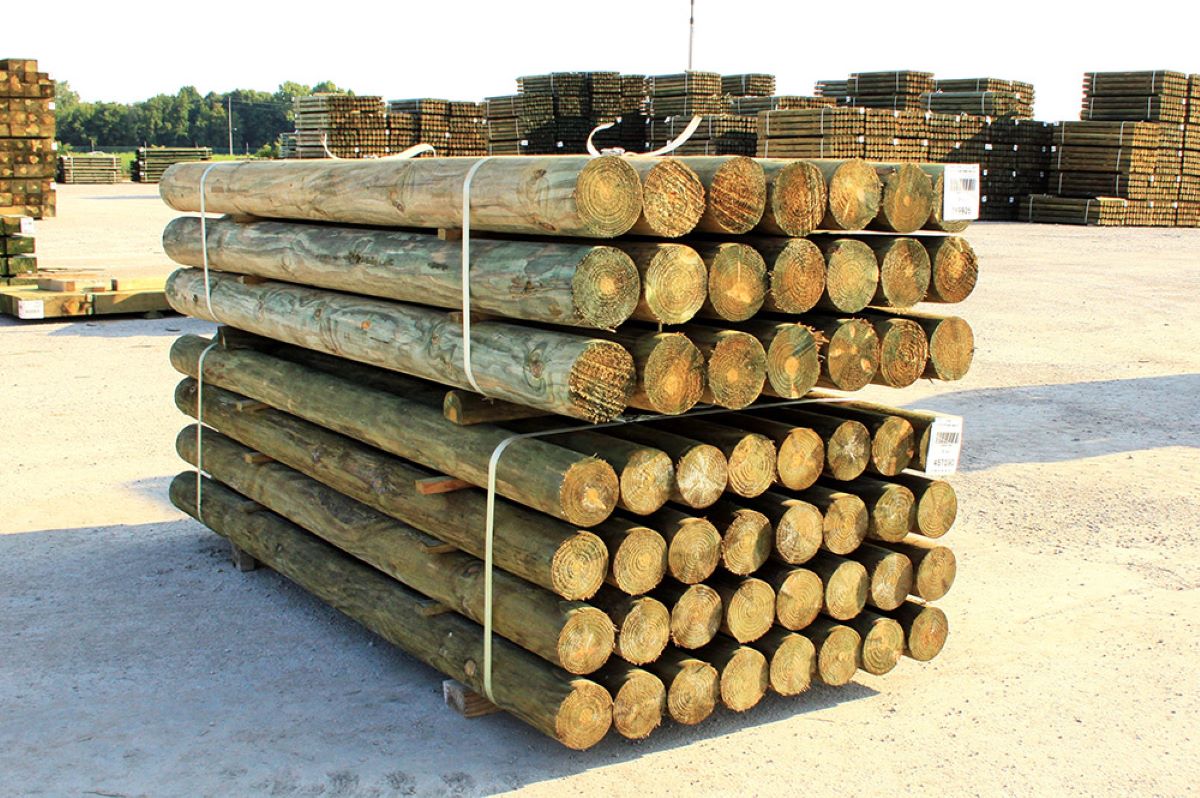
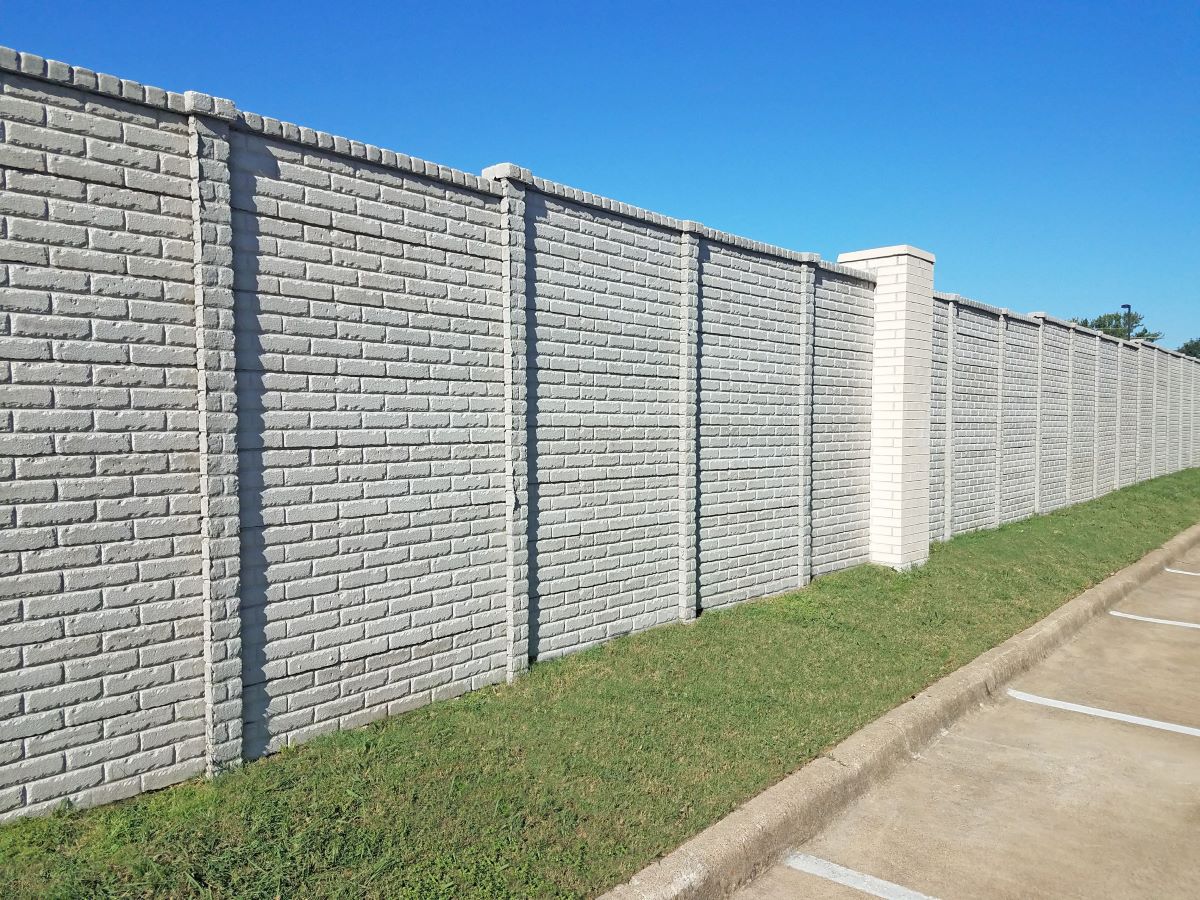
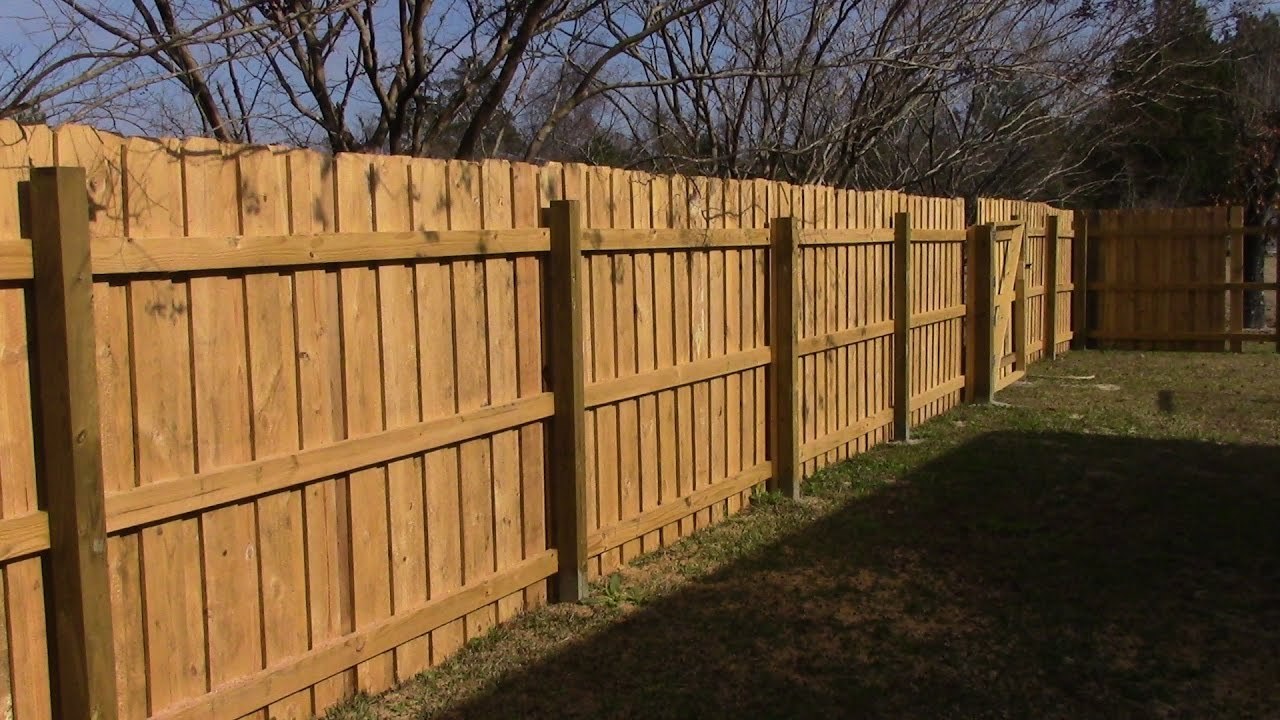
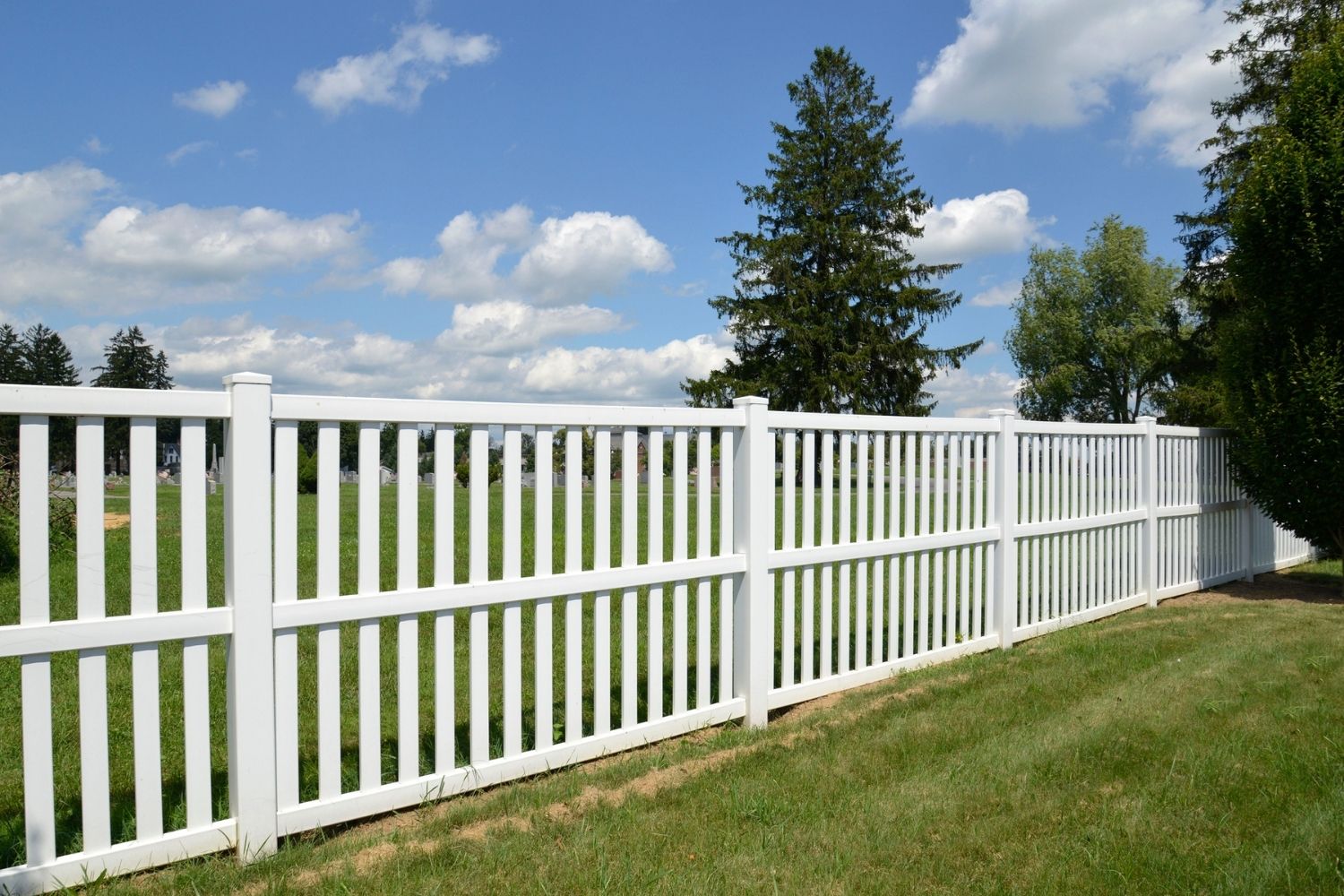
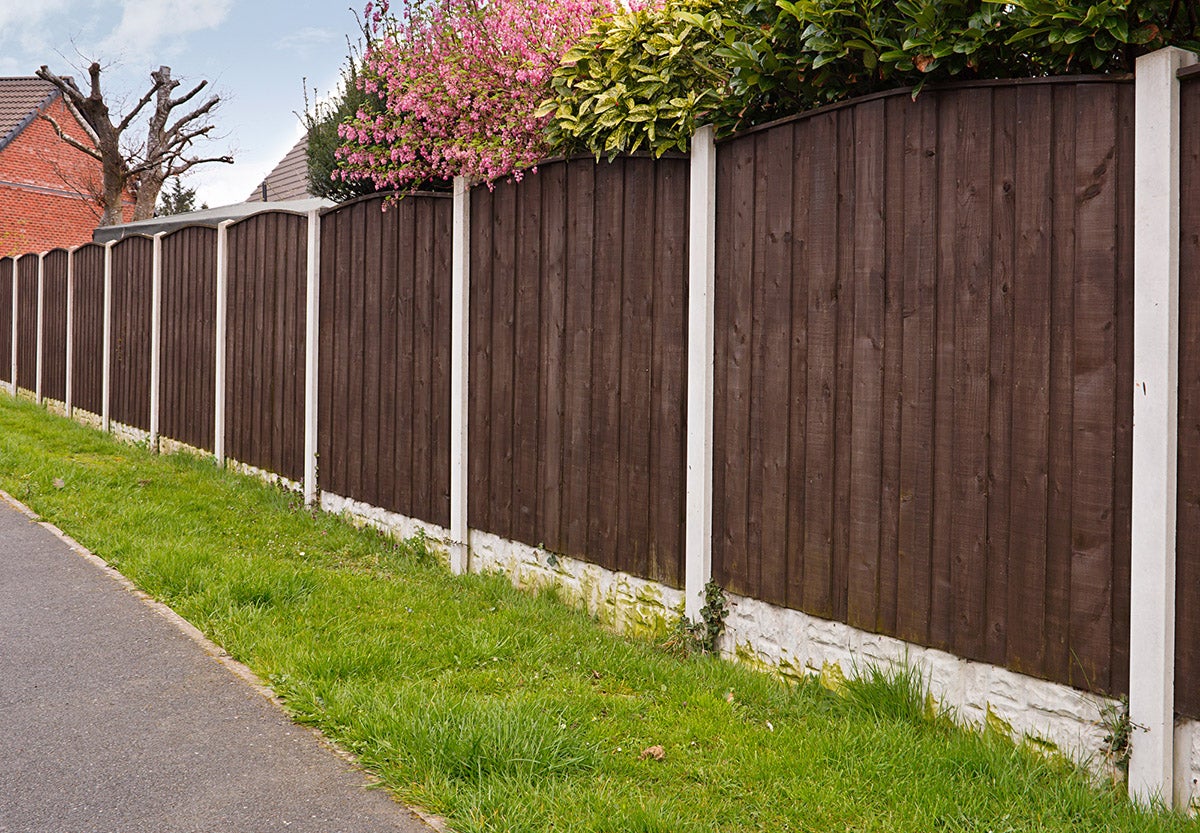

0 thoughts on “How Much Would A Wooden Fence Cost”